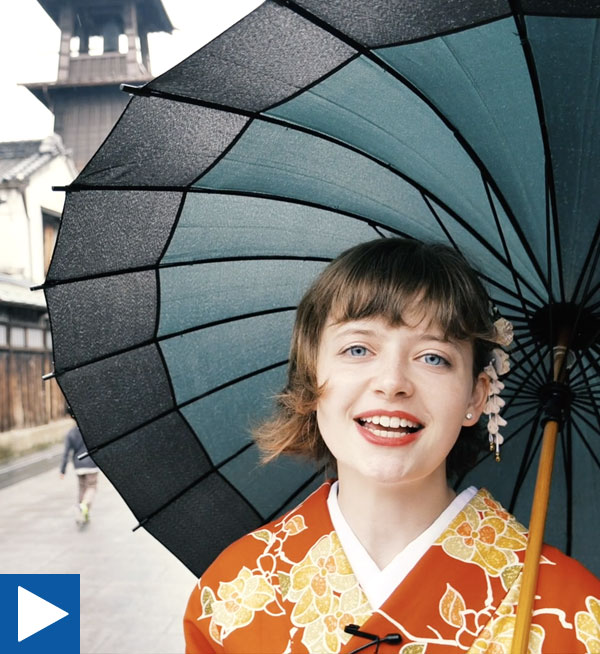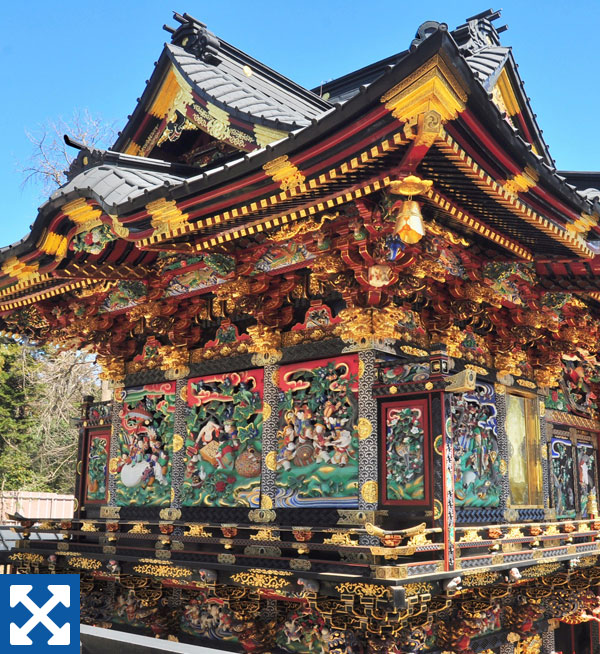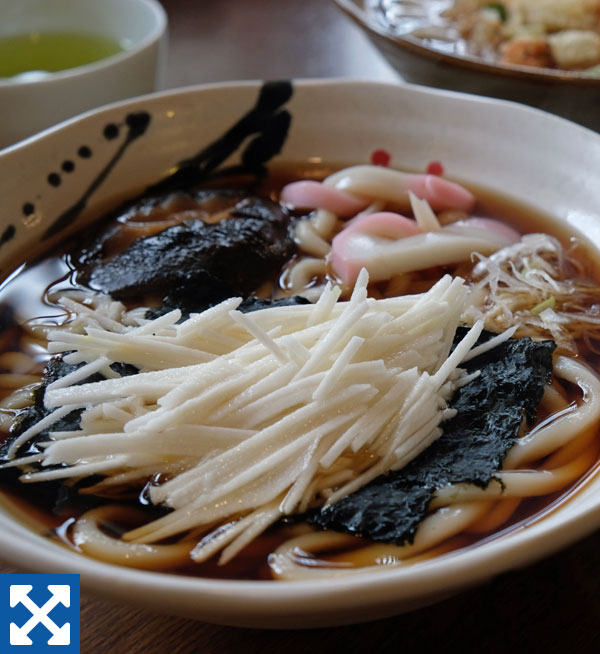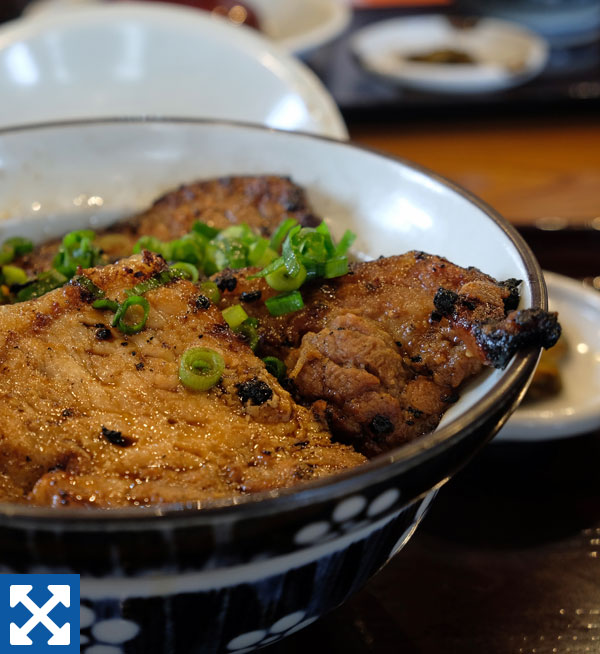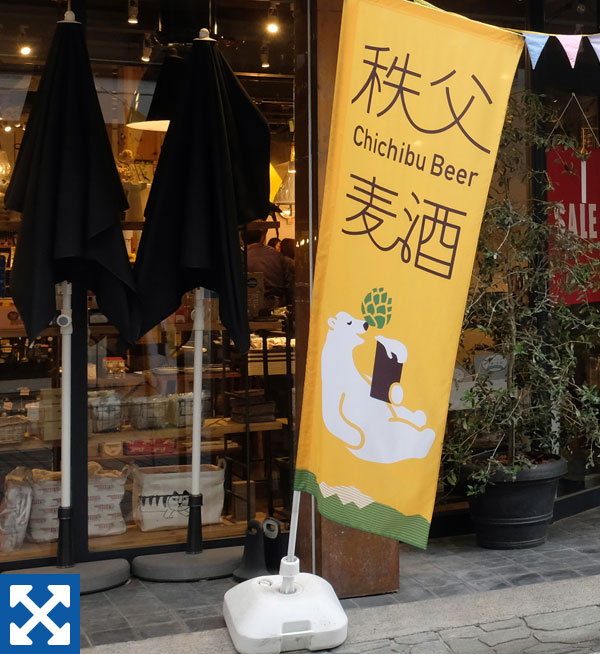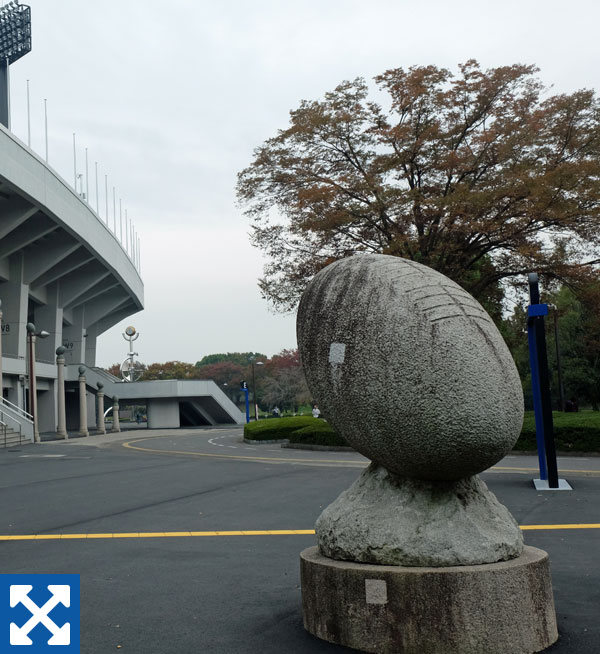Counting down to the Rugby World Cup 2019 … in Japan!
No time like the present: Toki no Kane (Bell of Time) rings four times a day at 6 a.m., 12 p.m., 3 p.m. and 6 p.m. GETTY IMAGES
Although it’s within reach of Tokyo, Saitama is still off the tourist radar
CLAIRE WILLIAMSON
Staff writer
Saitama Prefecture is a part of Kanto that is often overlooked by tourists and even locals, which is a surprise given its easy access from the Tokyo metropolitan area.
Kick a weekend in Saitama off in Kumagaya, the largest city in the northern part of the prefecture. Though it’s mostly known for its scorching summer temperatures (a semiofficial catchphrase for the city is “Very hot! Kumagaya!”), it’s an excellent starting point for a trip that will take you all across the prefecture — from river rafting in the forested mountains of Chichibu to the historical alleys of Kawagoe.
Friday
Showstopping temples — late morning
Menuma Shodenzan temple (Menuma 1627, Kumagaya) is arguably the highlight of the Kumagaya area and just 30 minutes by bus from Kumagaya Station. Walk through the Kisomon gate toward the main building and take your time to enjoy the peaceful tree-lined grounds.
Buy a ticket to see the inner hall (¥700), which is covered in colorful, elaborate carvings that date back to the mid-Edo Period (1603-1868). Keep your eyes peeled for carvings of a cat chasing a butterfly, sumo wrestlers and humorous monkeys. I spy, anyone?
That’s a wrap — lunch
Just outside Menuma Shodenzan is the unassuming Shoten Sushi (Menuma 1515, Kumagaya), which sells take-out bento comprising three massive inari-zushi (rice wrapped in sweetened, fried tofu pouches) that are nearly double the length of the average roll. The bento come with kanpyō-maki (dried gourd rolls) on the side. At ¥460, this meal is a steal — but get yours quickly before they sell out. If you’d prefer something warm, Kizakiya (Menuma 1513, Kumagaya) two doors down offers bowls of thick udon noodles, including one that comes topped with slices of yam (¥650).
Coffee and calm — afternoon
Conscience (Miyacho 2-138, Kumagaya) is a Nordic-inspired coffee shop not far from Kumagaya Station where you can pause for a great latte. Or, make your way to Seikeien garden (Kamakuracho 32, Kumagaya), which has a tranquil Japanese-style pond surrounded by three tea houses, and relax with a cup of green tea while admiring the foliage.
Music fans can also pop into Mortar Record (Tsukuba 1-165, Kumagaya; mortar.cart.fc2.com) for indie CDs and band merchandise. Heaven’s Rock Kumagaya VJ-1 (Tsukuba 1-130, Kumagaya), a nearby concert space that has been open since 1993, also hosts reasonably priced live performances several times a week.
Fresh from the stone oven — dinner
Return to Kumagaya Station and ride the Chichibu Tetsudo Line for about an hour to Chichibu Station. Once you arrive, grab dinner at nearby Watage (Miyakawacho 6-4, Chichibu). Order one of the stone oven-baked pizzas, fresh pastas or ajillo dishes cooked in garlicky olive oil. For dessert, you can’t go wrong with Watage’s homemade fluffy maple-butter waffles or matcha french toast.
Raise your paddle high: The guides at AmsHouse & Friends host 7-kilometer rafting tours down the Ara River. CHISATO TANAKA
Saturday
A rapid descent — morning
The Chichibu region is known for its gorgeous forested mountains, valleys and rivers. Take advantage of this easy access to nature with a half-day rafting tour run by AmsHouse & Friends (Nakanogami 560, Nagatoromachi, Chichibu). The tour (¥6,000-¥7,000, depending on the date) will take you, rain or shine, on a 7-kilometer trip down the Ara River that’s suitable for all ages.
The company has rafts for groups of up to eight people (including the guide) and provides all the gear, though advanced booking is necessary.
Those who would prefer to learn about Chichibu’s nature from the safety of the indoors can do so at the Saitama Prefectural Museum of Nature (Nagatoro 1417-1, Nagatoromachi, Chichibu), which has exhibits on local Saitama paleontology, geology and biology, as well as a rare Paleoparadoxia skeleton.
Pig out — lunch
After rafting, head back to Chichibu proper and refuel with a massive miso-simmered pork donburi rice bowl from Nosaka (Nosaka 1-13-11, Chichibu). They pile thick slices of pork loin or rib that has been marinated in a house-special miso sauce and cooked over a charcoal grill on top of a hefty bowl of rice (from ¥900). As if that weren’t enough food, your meal also comes with a side of miso soup. Be prepared to wait for this donburi, but don’t worry, the line moves quickly.
Banba meets beer — early afternoon
The buildings that line Chichibu’s Banba Street are a mixed bag of Showa (1926-89), Taisho (1912-26) and Meiji (1868-1912) styles mixed with Western architectural features. Walk off your lunch with a stroll and some light window shopping. Be sure to stop at Chichibu Omote-Sando Lab (Banbamachi 17-14, Chichibu) which is half design store Interior Neostyle and half cafe-bar Mahollo. When you’re through browsing Neostyle’s selection of made-in-Japan products, try one of Mahollo’s six on-tap craft beers, four of which come from local Chichibu brewery Bear Meet Beer.
Silk and Showa — late afternoon
Walking north up Banba Street will lead you directly to the main gate of Chichibu Shrine (Banbamachi 1-3, Chichibu), which is said to be over 1,000 years old, though the current buildings “only” date back to 1592. Stroll through the shrine complex, admiring the carvings on the outer walls of the main hall. Then head over to the Chichibu Meisen Museum (Kumagimachi 28-1, Chichibu), where you can learn about the area’s extensive history of silk production, buy silk made on-site or even weave some of your own. To really steep yourself in local culture, however, visit Coffee-do Jirobata (Higashimachi 9-14, Chichibu) for its quiet, authentic “Showa Retro” atmosphere and a cup of strong, dark coffee.
Curry cravings — evening
Coffee and Curry Carnet (Banbamachi 18-7, Chichibu) only serves two kinds of “spice curry” — pork vindaloo and chicken keema (¥950) — but each is cooked to perfection. Wash down your curry plate with a cocktail made from an in-house coffee liqueur or with a piece of decadent baked cheesecake.
People walk and cycling in old city of Kawagoe with fish carp windsocks decoration in The Boy's Festival. Kawagoe, Japan. GETTY IMAGES
Sunday
Look-alikes — morning
No trip to Saitama would be complete without a stop in Kawagoe, affectionately called “Little Edo.” Before making a beeline toward Kawagoe’s iconic Warehouse District, head to Kitain temple (Kosenbamachi 1-20-1, Kawagoe).
Buy a ticket (¥400) to access the courtyard with 540 unique stone rakan (arhat) statues. Legend has it that if you visit them at night and mark the one that feels warm to the touch, when you return in the morning you will see it’s the statue that resembles your own face the most.
Lacquered luxury — lunch
You could easily fill yourself up on Kawagoe’s many snack offerings, such as warm daigakuimo (candied sweet potatoes), soy sauce-glazed yakidango (fried dumplings) or the traditional sweets and rice crackers found throughout Kashiya Yokocho (Candy Alley; Motomachi 2-7, Kawagoe).
Instead, for real luxury indulge in one of Kawagoe’s famous dishes — eel. At Unagi Daikoku (Motomachi 2-9-24, Kawagoe) a lacquered box of unajū (broiled eel over rice) will set you back at least ¥3,500, but its succulence is more than worth the price.
Historical vibes — afternoon
Kurazukuri Street is named for its 400-meter-long stretch of historic warehouse-style buildings that have been largely converted into restaurants, cafes, shops and museums.
Stroll the main thoroughfare in a rented kimono from Kankan (Saiwaicho 2-13, Kawagoe) to really embrace history. This area also boasts the de facto symbol of Kawagoe, Toki no Kane (Bell of Time; Saiwaicho 15-7, Kawagoe), an easy-to-spot bell tower that dates back to the Edo Period and rings four times a day at 6 a.m., 12 p.m., 3 p.m. and 6 p.m.
Peak hospitality — dinner
Kawagoe is home to many ryōtei, traditional Japanese restaurants that serve formal kaiseki multicourse meals. Though many have truncated menus for a more casual lunch, for a true taste of Japan’s famed hospitality book a full dinner in advance to close out your trip in style. At Yamaya (Saiwaicho 11-2 , Kawagoe) your seasonally inspired dining experience comes with a view of the restaurant’s elegant courtyard garden.
This is the fourth installment of a monthly series that will introduce each of the 12 host cities of the 2019 Rugby World Cup.
To read more weekend guides to the host cities of the Rugby World Cup 2019, visit features.japantimes.co.


